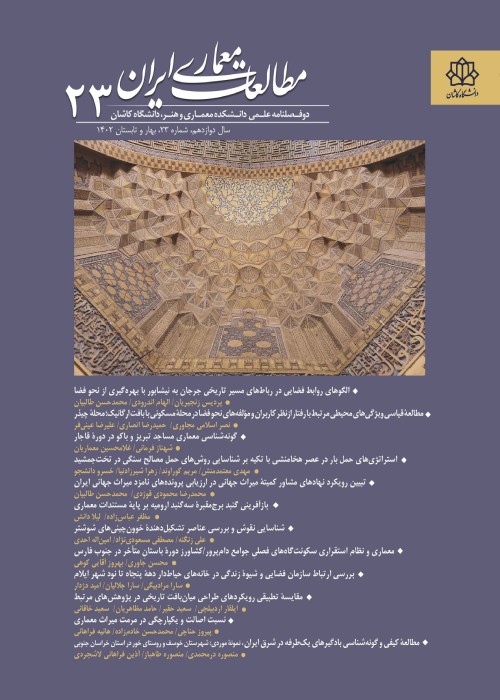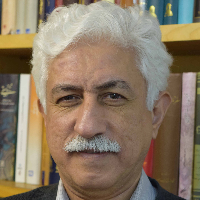Tacit Knowledge and Its Varieties in Architecture, Based on H. Collins’ Model
The concept of ‘tacit knowledge,’ first introduced by Michael Polanyi in the mid-twentieth century, has been used in several academic fields and developed in some approaches. However, in architectural theory, it has maintained its commitment to Polanyi’s original definition as a type of mysterious knowledge on which designers work. This article aims to apply one of the developed tacit knowledge approaches to architecture and examine its potentials and limitations. This approach is of Harry Collins in the field of sociology of science, as it is represented in some of his latest written works. Knowledge is transmittable based on Collins’ model. The one that can be transmitted through physical means is called explicit knowledge, while tacit knowledge is the knowledge that cannot be explicated or is not explicated and can only be transmitted through hanging around with others who already have it. There are three types of tacit knowledge. The first type is called “the Relational Tacit Knowledge,” which includes the knowledge remaining unspoken due to some social contingencies. The second type is “the Somatic Tacit Knowledge,” inscribed in the human body and brain’s natural substance. The third type is “the Collective Tacit Knowledge,” which is stored in the society and can be transmitted through sustained living in it.Applying this model to architecture, the transmittable part of architectural knowledge divides into two parts: explicit and tacit knowledge. The architectural tacit knowledge involves the somatic and the collective types. The architectural somatic knowledge is stored in the architect’s body and brain and can be transmitted to him/ her through individual contact with the other agents who have it. However, it can also be acquired through practical experience, try and error, and so on, without having any human sender. Architectural collective knowledge is the knowledge that is mostly stored in the collective memory of three groups: the colleagues group, the architectural community, and the society. It includes these groups members’ expectations and their values about pleasant and desirable architectural practices. Nonetheless, it seems that architectural practice is based on some kinds of tacit knowledge which are neither somatic nor collective. This issue makes this question still open: Is architectural tacit knowledge only composed of somatic and collective types? If it is not, which theoretical basis can be used for discerning the other types/ aspects of architectural tacit knowledge.
- حق عضویت دریافتی صرف حمایت از نشریات عضو و نگهداری، تکمیل و توسعه مگیران میشود.
- پرداخت حق اشتراک و دانلود مقالات اجازه بازنشر آن در سایر رسانههای چاپی و دیجیتال را به کاربر نمیدهد.



